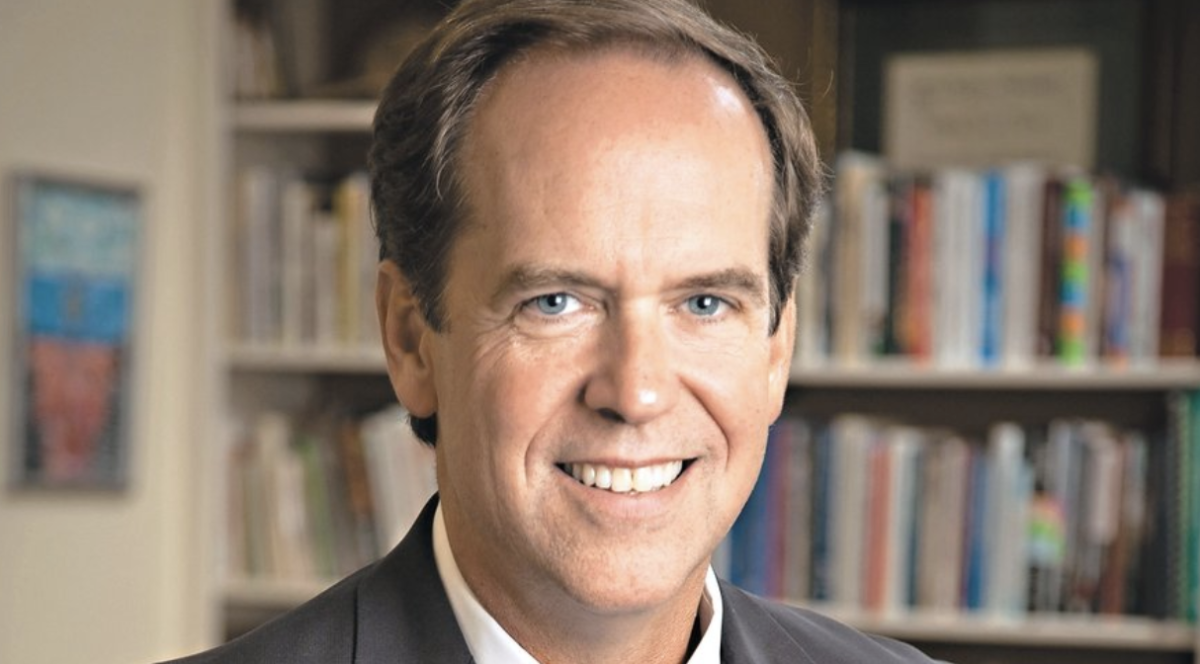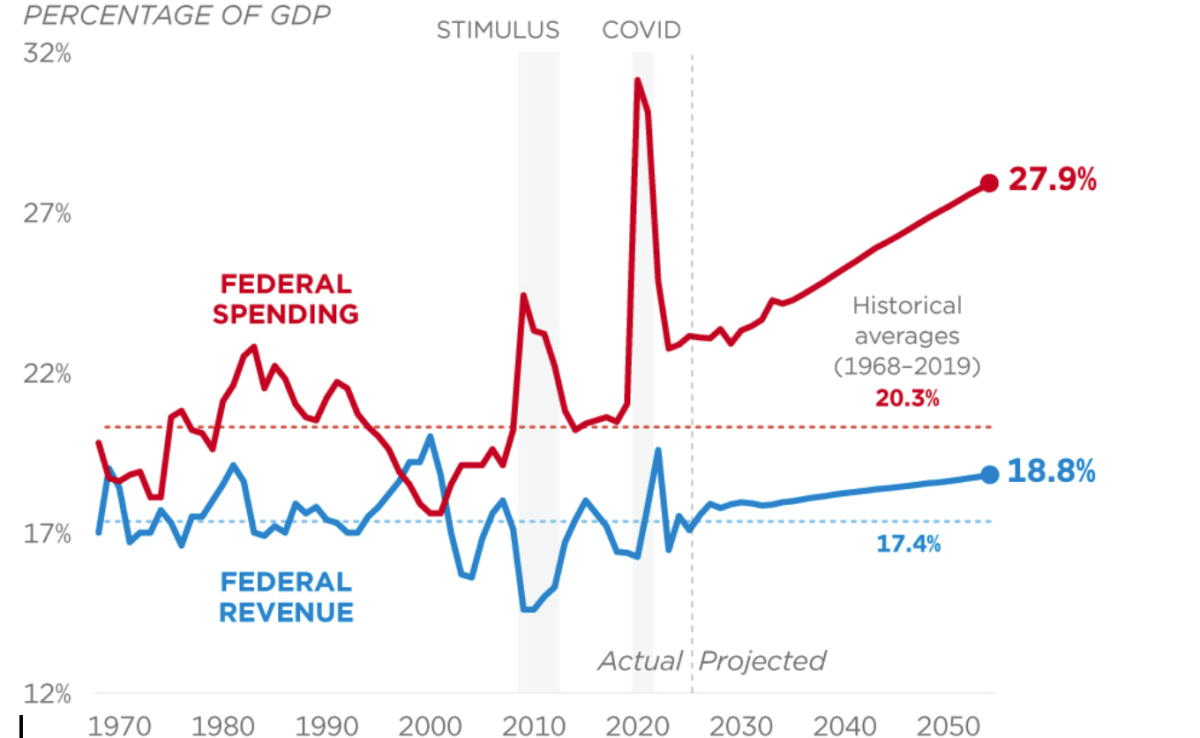“At Westminster, we grow as lifelong learners who serve and lead in a changing world.” This is the Learning for Life vision statement, the preface to a large plan instituted by the school last year that hopes to move the school into the 21st century.
One of the major concerns about the new vision for the school involves the implementation of a new schedule. The Time Task Force has been created to address these concerns. While the name may conjure images of a crime-fighting group of Marvel characters, it is actually composed of six high school faculty members, all from different departments: Jim Justice, Joseph Koch, Fred Scott, Kay Solomon, Ellen Vesey, and Akwetee Watkins.
The team has utilized research from a 2001 study conducted by director of studies Rick Byrd. It has also worked with student government, the National Association of Independent Schools (NAIS), and other independent schools with a variety of different schedules.
While the school has been making minor changes to the schedule and weighing the possibility of longer ones since 2001, the changes for the 2013-14 schedule and beyond will be the most comprehensive and dramatic change for the school since then. The goal for the Time Task Force is to propose a new schedule to high school principal Ross Peters and president Bill Clarkson by the end of this semester.
The task force aims to create a schedule that aligns with the Learning for Life vision statement and that helps achieve greater balance in the lives of students.
While some parts of the current schedule, like rotation, have proven to be beneficial according to the decade’s worth of research, other parts have not. For example, research has shown that, while teachers are more suited to beginning the day at 8:00 a.m., teenagers are better suited to starting classes at 9:00 a.m.. Lunch is also not currently at “a time conducive to learning,” said Justice. Lunch may be moved earlier, and the team hopes to find a location to put more accessible snacks throughout the day for students.
“We have a lot of classes in the day with not a lot of flexible time between classes,” said Justice. “People are having to completely shift their brains constantly.” The new schedule may include longer blocks of more interdisciplinary courses, and more options for students to reach graduation requirements.
“As we think about longer periods or longer blocks, we’re thinking about a whole different type of teaching,” said Justice.
“The idea wouldn’t be to fill up longer blocks of time with more lectures and more note taking. The idea would be to do something different with the longer blocks of time.”
“You’re having to shift gears and perspectives very rapidly,” said Justice. “I hope that the new schedule will allow for a more even pace during the day rather than the constant whir.”
Rather than having a five-day rotation, for example, the school may implement a six, seven, or even ten-day cycle. In addition, the implementation of a “January term” seems promising. This term would be a single, highly interdisciplinary course taken for the month of January. Many options would be available for students to pick from, from potential travel options similar to Running Through History or Marine Biology, as well as on-campus studies that would involve multiple field trips and a variety of perspectives from different disciplines.
On Sept. 17, 19, and 20, Justice presented the Time Task Force’s ideas in an optional meeting for students in the Carlyle Fraser Library.
“The point is that this is not a secret. Nothing we’re talking about should be a secret to anyone,” said Justice. “We’re trying to say, ‘Here’s where we are. What do you think?’”
Sophomore Whit Weinmann attended one of these meetings. “I like that the school is being open-minded about this and that they’re willing to ask questions,” he said. “I hope that there will be more student feedback as this goes on.”
Many of the students’ main concerns seem to be how AP classes would be incorporated into a January term, as well as ensuring the continuation of backwork: “Right now, I’m frustrated with the lack of backwork on Tuesdays,” said sophomore Mary Boyd Crosier. “I would love to have more time to go to teachers.”
“There are rumors that we are trying to eliminate backwork,” said Justice, “which is not true. Even if you don’t go to backwork, it serves an important role. It’s the first time people feel like they can breathe in the course of the day.”
The task force plans to utilize student feedback as a main contribution to the plans this semester. Student body co-chairs, seniors Zack Calhoun and Isabel Callaway, have been meeting with the force since before the start of the school year.
“Our job is to get as many direct student responses as possible,” said Callaway.
In the next couple of months, the force plans to visit other schools with a variety of schedules (see www.calhoun.edu, www.mka.org, or www.greenhill.org for some examples) in order to gauge the success of various alternatives. On these trips, Justice plans to take a group of about three students to get student feedback. The goal is to bring students “who cross a plethora of social groups and activities,” said Callaway.
“This needs to be focused on how students learn, and I think that’s critically important,” said Justice. “I think we’ll learn a lot more by our students talking to one another and talking to students at other schools.”
While a new schedule draws closer and closer, “I truthfully don’t think anyone knows yet what the typical day will look like,” said Justice. “Whatever we come up with needs to allow for more choices by the students. It needs to allow for more of the teaching and learning called for by the strategic plan, and I think that it needs to allow for us to push into increasingly interdisciplinary studies.”
Regardless, 2013-14 will look quite different from 2012-13. The schedule changes will drastically impact 75 percent of the current high school student body: “Depending on what changes they make, the schedule could either help limit my homework and decrease my stress, or the switch could make an already hard course load unbearable,” said Crosier. “I’m thinking it could make things easier, but we’ll really have to wait and see.”





